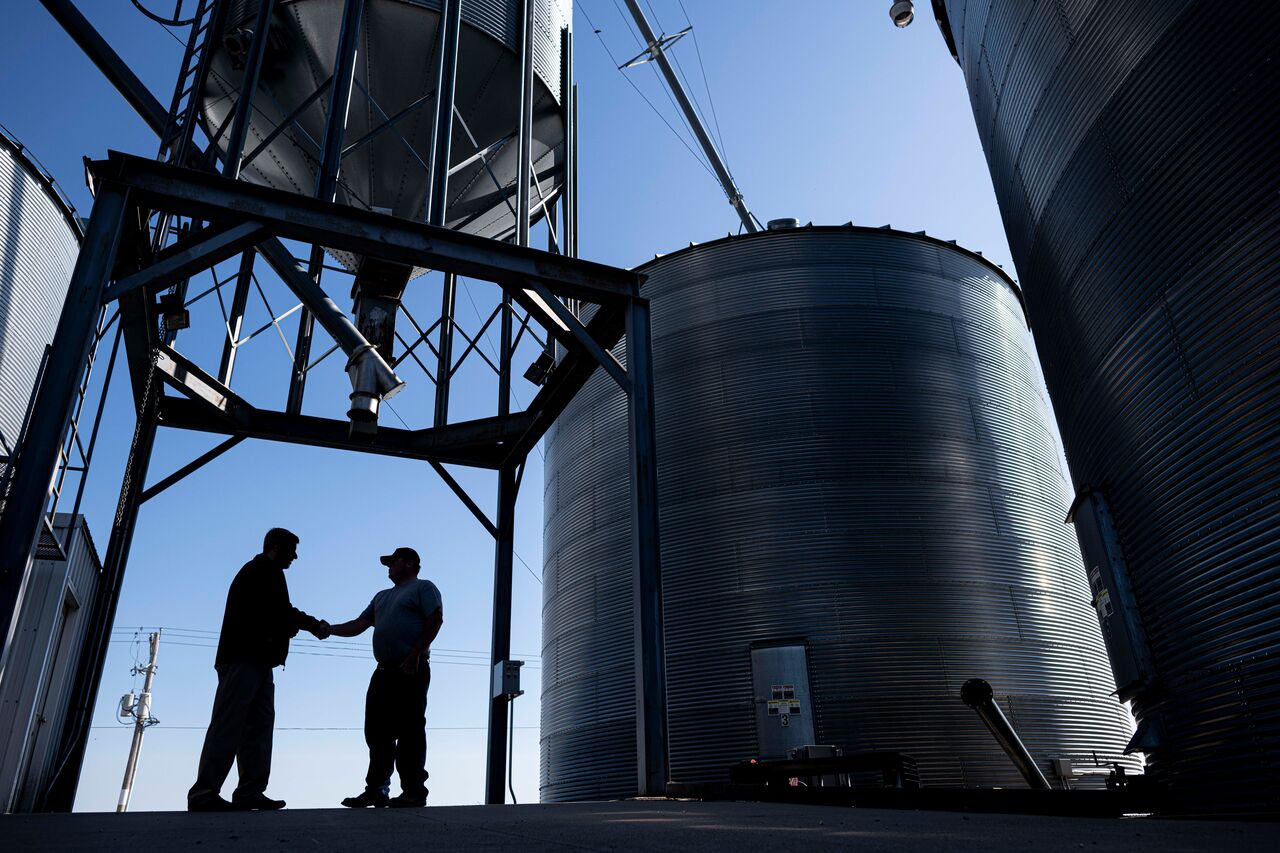Agriculture
July 21, 2025 / 4 minute read
New Land? Three Ways to Identify Existing Tile Lines

For landowners, knowing your farmland acre by acre is crucial for maximizing the land’s full potential and learning what improvements you can make to increase its value, including any drainage tile a field may have, or need.
The recent 2022 Ag Census showed that over 53.2 million acres of farmland utilize drainage tile, and if you’re in the Corn Belt, it’s even more likely that your field has it. Even then, knowing the location and material of the tile is an ongoing challenge. To learn about a field’s history, tiling status and more, farmers and property owners take a variety of approaches.
1. Lean on Local Connections
A great place to start learning about your land is through your local Natural Resources Conservation Service (NRCS) office, Farm Service Agency (FSA) or local drainage boards. It’s likely at least one of these organizations will have information about the land before your time, including if it has drainage tile, wetland designations and ways to utilize farmer loans to ensure you are making a sound investment.
When ADS Agriculture Business Operations Manager and part-time farmer Logan Riker-Chamberlain and her husband purchased 110 acres in 2024, they leaned on public records and conversations with the sellers to know the land inside and out.
“We talked through the land with our sellers, so we had a clear record of their drainage, and all of this information was on file with our local FSA offices,” Riker-Chamberlain said. “We had great guidance from our local soil and water offices, USDA and FSA offices on wetland designations — or lack thereof — on our land and the drainage patterns and so much more.”
Riker-Chamberlain’s due diligence helped them learn that one of their parcels was tiled back in the 90s and one was tiled in the 2010s — valuable information to have as they plan to make updates to older tile in years to come.
Another easy way to learn about your land may seem simple but can go a long way: talking to your neighbors or the former landowners.
2. Learn the Land
Southern Minnesota farmer James Pieper knows his family history, which happens to go hand in hand with his farm’s history. His great grandpa was one of the first people in the area to put tile in his ground and he ended up tiling over 600 acres throughout his career. This is the land Pieper still farms today.
“Our farm would not be producing like it is if he hadn’t put the labor of love into our field by putting tile into the ground,” Pieper said.
In the modern day, Pieper is working on tightening up the tile lines, adding 170 acres of ADS tile and connecting it to the existing concrete network his great grandpa laid. To learn exactly where the tile lines are, he flew his drone up above the field after a big rain and took pictures of the land.
“You could see where every tile line was because that’s where they dried out first. My tile contractor used my pictures alongside my great-grandpa’s crude, hand drawn maps of the land to get a full understanding of our tile network,” Pieper said.
Today’s modern technology can help farmers learn more about their land than they ever have before.
“If you have a piece of land you’re uncertain about, take a look at Google Earth from several years ago and see if you can pick up any changes in the field topography or a lot of times those maps will show where the tile lines are,” said Kevin Adams, ADS regional sales manager in east-central Indiana.
3. Taking On Uncharted Territory
Sometimes, the only way to find out if there’s tile in a field is to dig in. Doing so in a cautious manner is essential to not damage any tile that may be underground.
“If you’re not sure there’s tile in the field, it’s very important to wheel and trench those in. If you’re plowing the tile in, you’re not going to hit below the surface,” said Terrence McCain, owner and operator of McCain Brothers Excavating in Springfield, KY. “There’s probably a lot more existing tile on farms than people realize.”
Prepare for land ownership by learning about your field inside and out and contact your ADS rep to discuss your water drainage needs.
